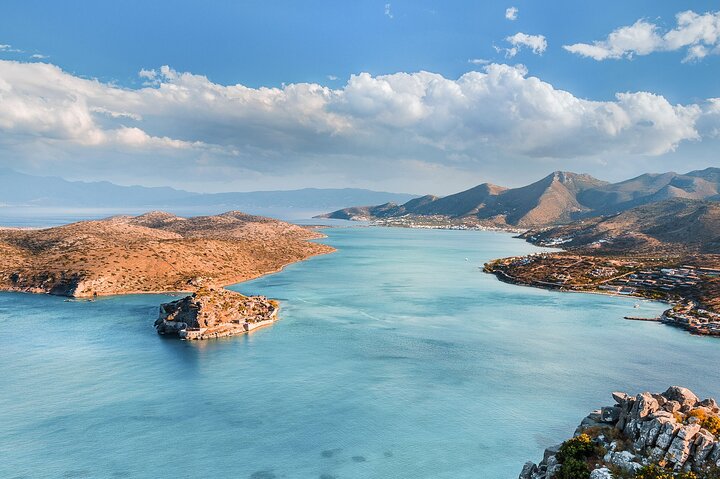From Ice to Sun: A Journey Through Crete’s White Mountains
Drawn by the allure of Crete’s White Mountains, I embarked on a journey through history and nature, trading the icy terrains of the Arctic for the sun-drenched landscapes of southern Crete. The Photo Safari Tour promised an exploration of stunning vistas and ancient tales, a journey I couldn’t resist.
The Call of the White Mountains
The allure of Crete’s White Mountains was irresistible. As someone who has spent years navigating the icy terrains of the Arctic, the idea of exploring a different kind of wilderness was both thrilling and daunting. The White Mountains, with their rugged peaks and ancient history, promised a journey into the heart of Crete’s untamed beauty. I was eager to trade the biting cold of the polar regions for the sun-drenched landscapes of southern Crete, if only for a while.
Our journey began in the village of Askifou, a place steeped in history and surrounded by the majestic White Mountains. The village, resembling a giant cup, was once a battleground where locals fought valiantly against the Turks. As I stood there, I couldn’t help but draw parallels to the harsh battles against nature I’ve witnessed in the Arctic. The resilience of the people here was palpable, much like the indomitable spirit of those who brave the polar extremes.
The drive through the mountains offered breathtaking views of the Libyan Sea, a stark contrast to the endless ice fields I’m accustomed to. The landscape was a tapestry of wild beauty, with each turn revealing a new vista more stunning than the last. It was a reminder that nature, in all its forms, is both beautiful and unforgiving.
Through the Echoes of History
Our next stop was the Imbros Gorge, a place where history and nature intertwine. The gorge, with its towering cliffs and narrow passages, was a natural fortress that once provided refuge to soldiers during World War II. As I walked through the gorge, I imagined the soldiers’ harrowing journey, much like the treacherous paths I’ve traversed in the Arctic.
The gorge’s history is etched into its very walls, with Roman architectural remnants whispering tales of a bygone era. The narrowest part of the gorge, a mere 1.60 meters wide, was a test of endurance and courage, much like the icy crevasses I’ve navigated in my past expeditions. The raw beauty of the gorge was a stark reminder of nature’s power and the resilience required to survive its challenges.
As we emerged from the gorge, the coastal village of Plakias greeted us with its serene beauty. The village, nestled between the capes of Stavros and Kako Mouri, was a haven of tranquility. The sandy beach, with its unique sea daffodils, was a sight to behold. It was a moment of calm amidst the adventure, a chance to reflect on the journey and the stories that nature tells.
A Dance with Shadows
Our final destination was the Castle of Frangokastello, a place where history comes alive in the form of shadows. The castle, built by the Venetians, was a symbol of power and control, much like the fortresses of ice I’ve encountered in the polar regions. The battle fought here in 1828 was a testament to the courage and sacrifice of those who sought freedom.
As the sun began to set, the legend of the Drosoulites unfolded before our eyes. The shadows of the fallen soldiers seemed to march towards the fortress, a haunting reminder of the past. It was a moment that resonated deeply with me, echoing the stories of survival and resilience that I’ve encountered in my own journeys.
The Photo Safari Tour in South Crete was more than just an exploration of stunning landscapes; it was a journey through history, a dance with nature, and a testament to the enduring spirit of those who have walked these paths before us. As I returned to the quiet life I share with my wife, I carried with me the stories of Crete, a land as wild and beautiful as the polar regions I know so well.


















































